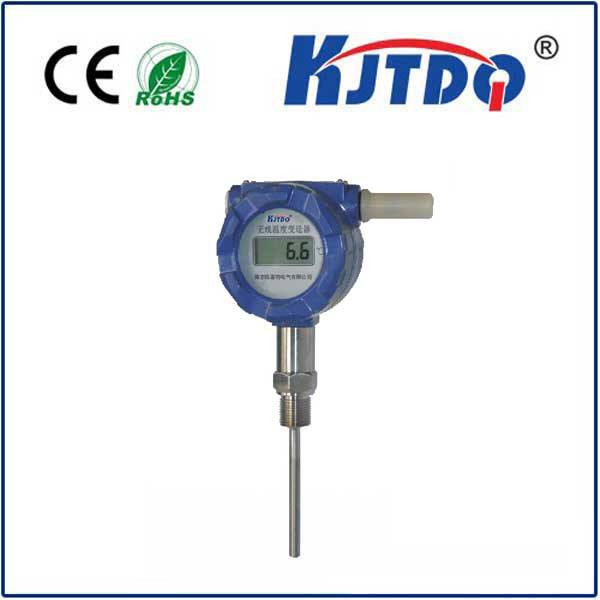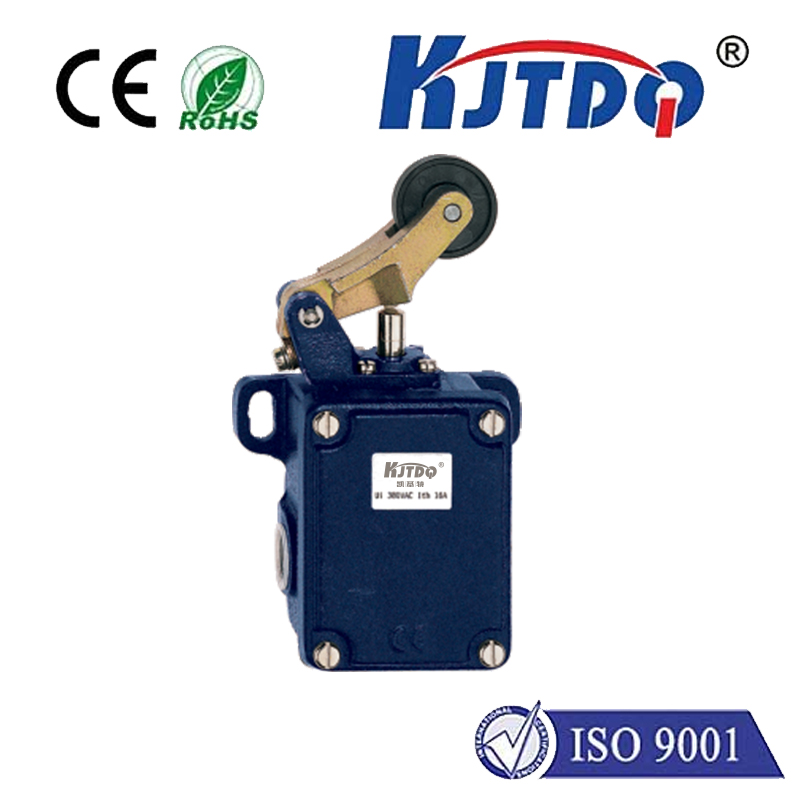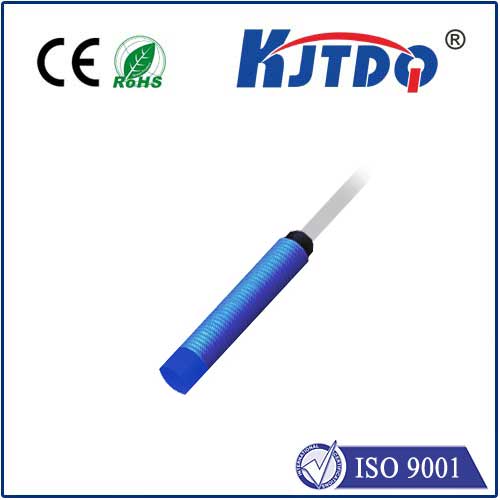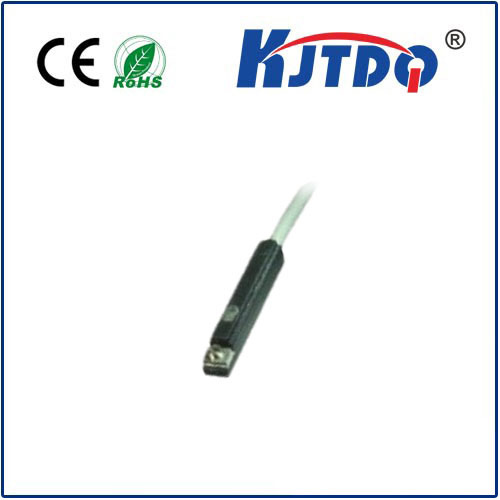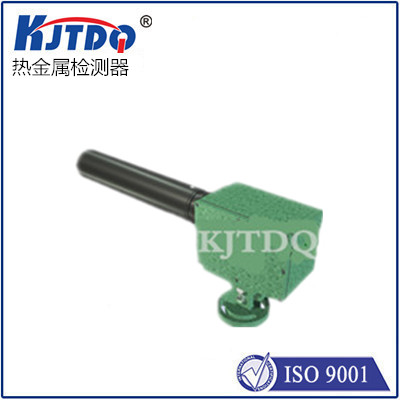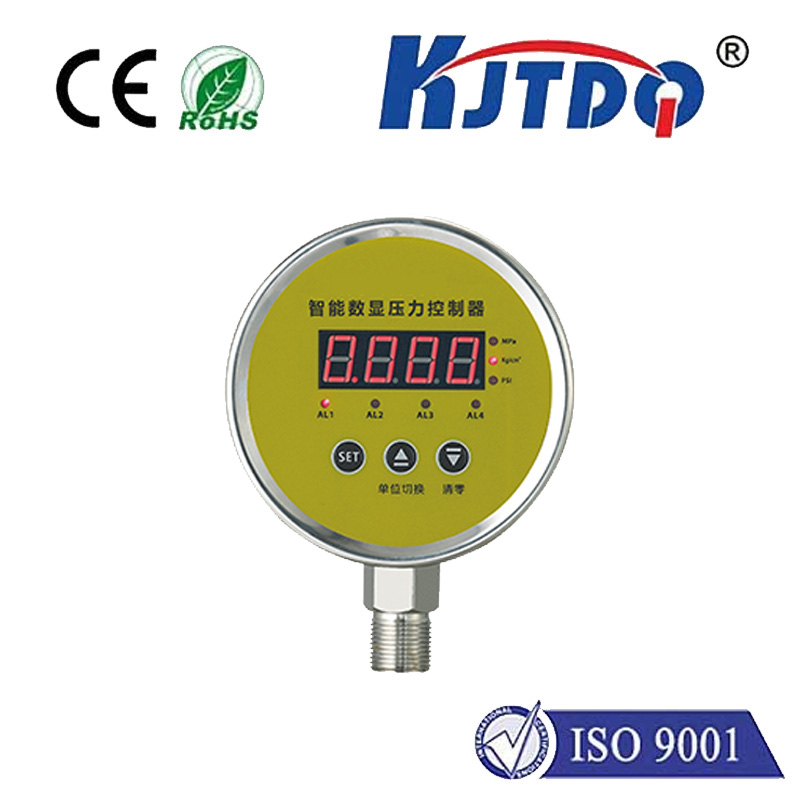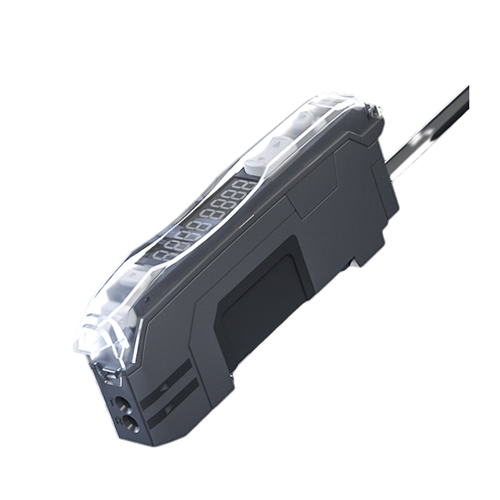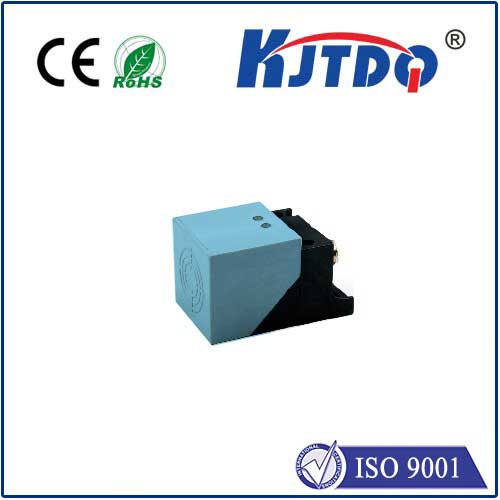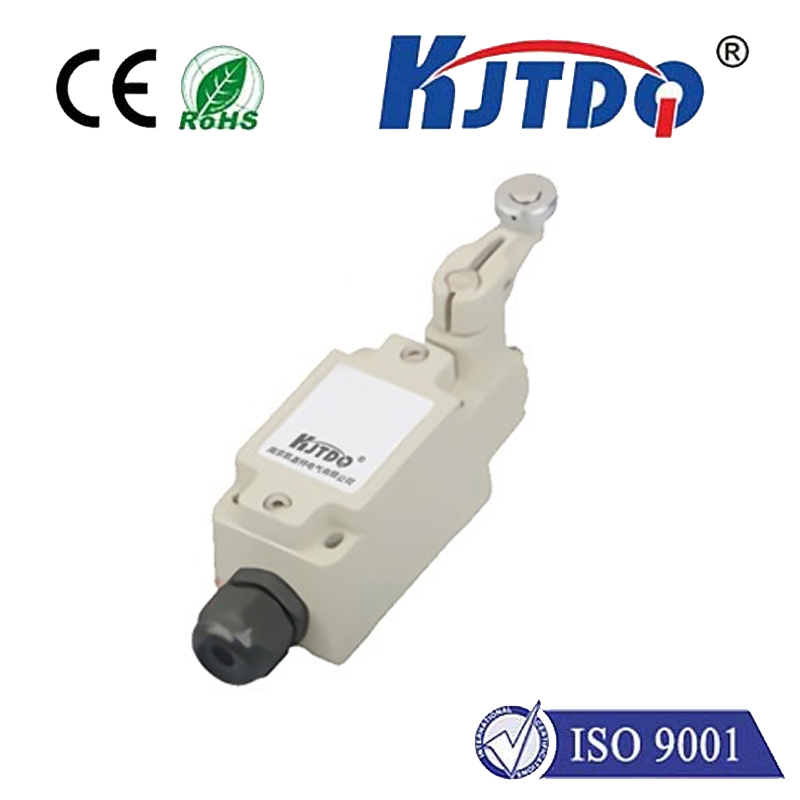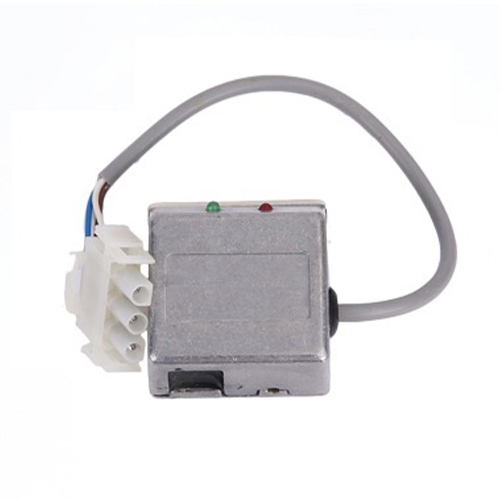Single-Line LiDAR: The Compact Powerhouse Redefining Spatial Sensing In a world where autonomous vehicles navigate bustling streets, drones map disaster zones, and robots streamline warehouse operations, one technology quietly underpins these marvels: single-line LiDAR. This unassuming yet revolutionary sensor is transforming industries by delivering precise spatial data with unmatched efficiency. But what makes it so indispensable—and why is it becoming the go-to solution for applications demanding speed, accuracy, and affordability? Let’s dive into the mechanics, applications, and future potential of this compact powerhouse.
LiDAR (Light Detection and Ranging) uses laser pulses to measure distances and create detailed 3D maps of environments. Unlike multi-line LiDAR systems, which emit lasers across multiple planes, single-line LiDAR projects a single laser line, capturing data along one axis. This simplicity reduces hardware complexity, cost, and computational demands while maintaining high precision. Imagine a扫地机器人 navigating a cluttered room: a single-line LiDAR scans horizontally, detecting obstacles in real time. Its streamlined design makes it ideal for devices where size, power consumption, and budget are critical constraints.
Self-driving cars and delivery robots depend on LiDAR to “see” their surroundings. While multi-line systems provide richer 3D maps, single-line LiDAR excels in scenarios requiring horizontal obstacle detection. For instance, warehouse robots use it to follow predefined paths while avoiding sudden obstructions like fallen boxes or humans.

In manufacturing, single-line LiDAR ensures precision in tasks like conveyor belt monitoring and quality control. A German automotive plant recently reported a 30% reduction in assembly errors after deploying these sensors to align components.
Drones equipped with single-line LiDAR scan crops to assess health or map terrain. Farmers leverage this data to optimize irrigation and pesticide use, boosting yields sustainably. Similarly, ecologists use it to track deforestation or glacier movements with centimeter-level accuracy.
From robot vacuums to smart security systems, single-line LiDAR is entering homes worldwide. Its affordability and low power consumption make it a favorite for devices requiring “set-and-forget” reliability.
Despite its advantages, single-line LiDAR isn’t without limitations. Its single-plane scanning restricts depth perception, making it less suitable for applications like full 3D modeling. However, innovators are tackling these gaps:
As industries prioritize efficiency and scalability, demand for single-line LiDAR is projected to grow by 22% annually through 2030 (MarketsandMarkets, 2023). Emerging trends include:
In an era where every millisecond and dollar counts, single-line LiDAR proves that simplicity can be revolutionary. By stripping away the non-essential, this technology delivers precision where it matters most—powering innovations that shape our daily lives and redefine what’s possible.
